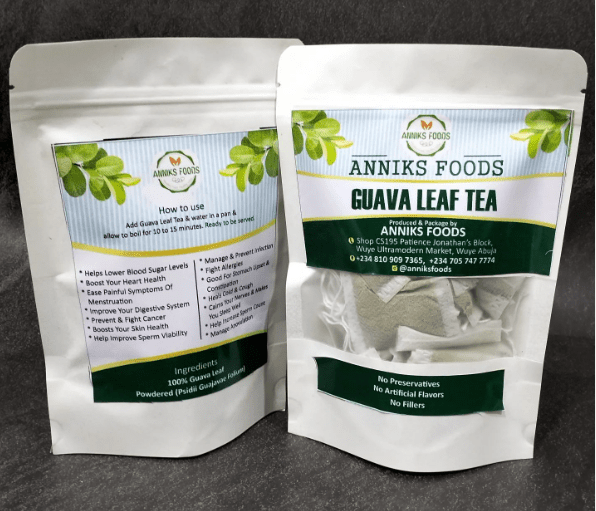Getting more active could help to cope better with pain.
Even walking for four hours a week can improve your tolerance for pain, a study suggests, which experts hope could potentially mean less need for painkillers to cope with everyday health issues like headaches and back pain.
Researchers looked at more than 10,700 people, who were asked to select one of four categories for their average physical activity in the past year.
If they did training or sporting competitions several times a week, they could select the vigorous activity category, or they could select the moderate activity category if they did things like tennis or heavy gardening for at least four hours a week.
If they walked, cycled or did similar exercise at least four hours a week, they selected the light exercise category, and if they typically did sitting activities, they fell into the sedentary group.

All these people plunged their hands into cold water, for as long as they could stand it, to test their pain tolerance.
The most active people, in the vigorous activity category, could keep their hand in the water for more than 16 seconds longer than people in the sedentary group.
But even those in the light activity category could stand the pain for almost seven seconds longer than sedentary people.

It is well known that exercise reduces everyday aches and twinges, by keeping joints supple.
But the results suggest fitter people may feel any pain they do suffer less intensely.
Anders Arnes, who led the study from University Hospital of North Norway, said: ‘Exercise may have an effect on the same pathways in the brain as painkillers like morphine, although to a far smaller degree.
‘Our results suggest regular physical activity can help improve pain tolerance, just like the so-called “runner’s high” we get after a jog can make pain seem less painful.
‘There are studies suggesting people who are more active use painkillers less often, and we wonder if these effects from being active could even make things like childbirth feel a bit less painful, although far more research would be needed to establish that.’
Previous studies have suggested that athletes have a higher tolerance to pain compared to other people.
The new study involved people aged 30 to 87 who were asked about their physical activity in two surveys seven or eight years apart.
Among those who did both surveys, those who reported at least four hours of moderate or vigorous activity, at both time-points, could keep their hand in cold water for 20 seconds longer than sedentary people.
When the averages were taken across both surveys, people who did vigorous activity could withstand pain for 16.3 seconds longer than sedentary people, while those who got moderate exercise could stand it for 14.1 seconds longer, and people who did light exercise like walking could handle it for 6.7 seconds longer.
These results came even after the study authors took into account other factors which could affect pain tolerance, like people’s age or health conditions.
The authors of the study, published in the journal PLOS One, conclude: ‘Becoming or staying physically active over time can benefit your pain tolerance.
‘Whatever you do, the most important thing is that you do something.’
HOW MUCH EXERCISE YOU NEED
To stay healthy, adults aged 19 to 64 should try to be active daily and should do:
at least 150 minutes of moderate aerobic activity such as cycling or brisk walking every week and
strength exercises on 2 or more days a week that work all the major muscles (legs, hips, back, abdomen, chest, shoulders and arms)
Or:
- 75 minutes of vigorous aerobic activity such as running or a game of singles tennis every week and
- strength exercises on 2 or more days a week that work all the major muscles (legs, hips, back, abdomen, chest, shoulders and arms)
Or
- a mix of moderate and vigorous aerobic activity every week – for example, 2 x 30-minute runs plus 30 minutes of brisk walking equates to 150 minutes of moderate aerobic activity and
- strength exercises on 2 or more days a week that work all the major muscles (legs, hips, back, abdomen, chest, shoulders and arms)
A good rule is that 1 minute of vigorous activity provides the same health benefits as 2 minutes of moderate activity.
One way to do your recommended 150 minutes of weekly physical activity is to do 30 minutes on 5 days every week.
All adults should also break up long periods of sitting with light activity.
Source: Dailymail






















